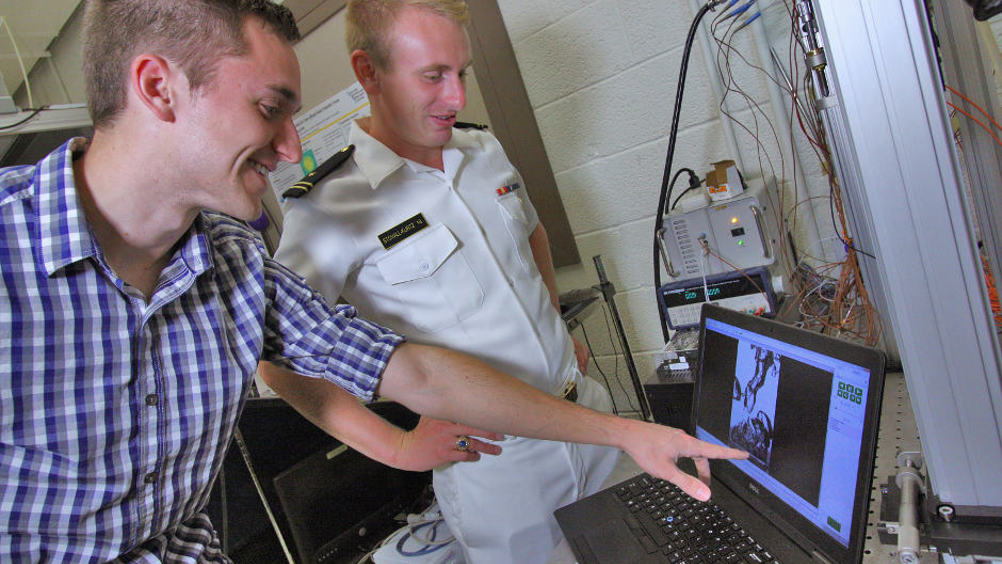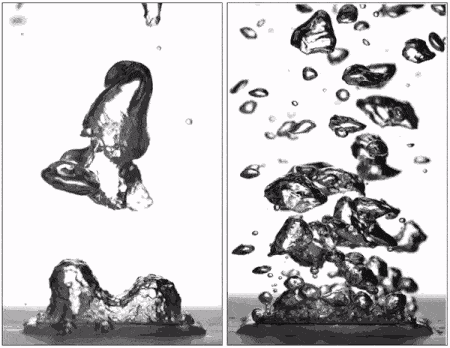Hydrophobic surfaces could provide more efficient cooling
A method of ensuring that insulating vapour does not build up on surfaces designed to repel water could turn them into very efficient cooling devices, Purdue team finds

If you need to cool a metal surface, one efficient way of doing it is to boil water off it. The change of phase from liquid to vapour requires a large amount of heat, so boiling is a good way of drawing energy out of a material. The effects can easily be experienced by licking a finger and blowing on it; the cooling effects derives from the evaporation of saliva. Cooling is important in many technologies; nuclear reactors must be cooled to remain safe, and the microprocessors in electronic devices produce a great deal of heat in operation that needs to be effectively removed to keep them running. Some laptops, tablets and smartphones even contain water-filled tubes to facilitate cooling.

Mechanical engineers at Purdue University in Indiana have found that superhydrophobic surfaces, previously thought to be useless for boiling liquids, in fact have highly favourable properties under the right conditions.
Register now to continue reading
Thanks for visiting The Engineer. You’ve now reached your monthly limit of news stories. Register for free to unlock unlimited access to all of our news coverage, as well as premium content including opinion, in-depth features and special reports.
Benefits of registering
-
In-depth insights and coverage of key emerging trends
-
Unrestricted access to special reports throughout the year
-
Daily technology news delivered straight to your inbox










UK Enters ‘Golden Age of Nuclear’
Anybody know why it takes from 2025 to mid 2030's to build a factory-made SMR, by RR? Ten years... has there been no demonstrator either? Do RR...